The Art of Painting Easter Eggs Came From What Country
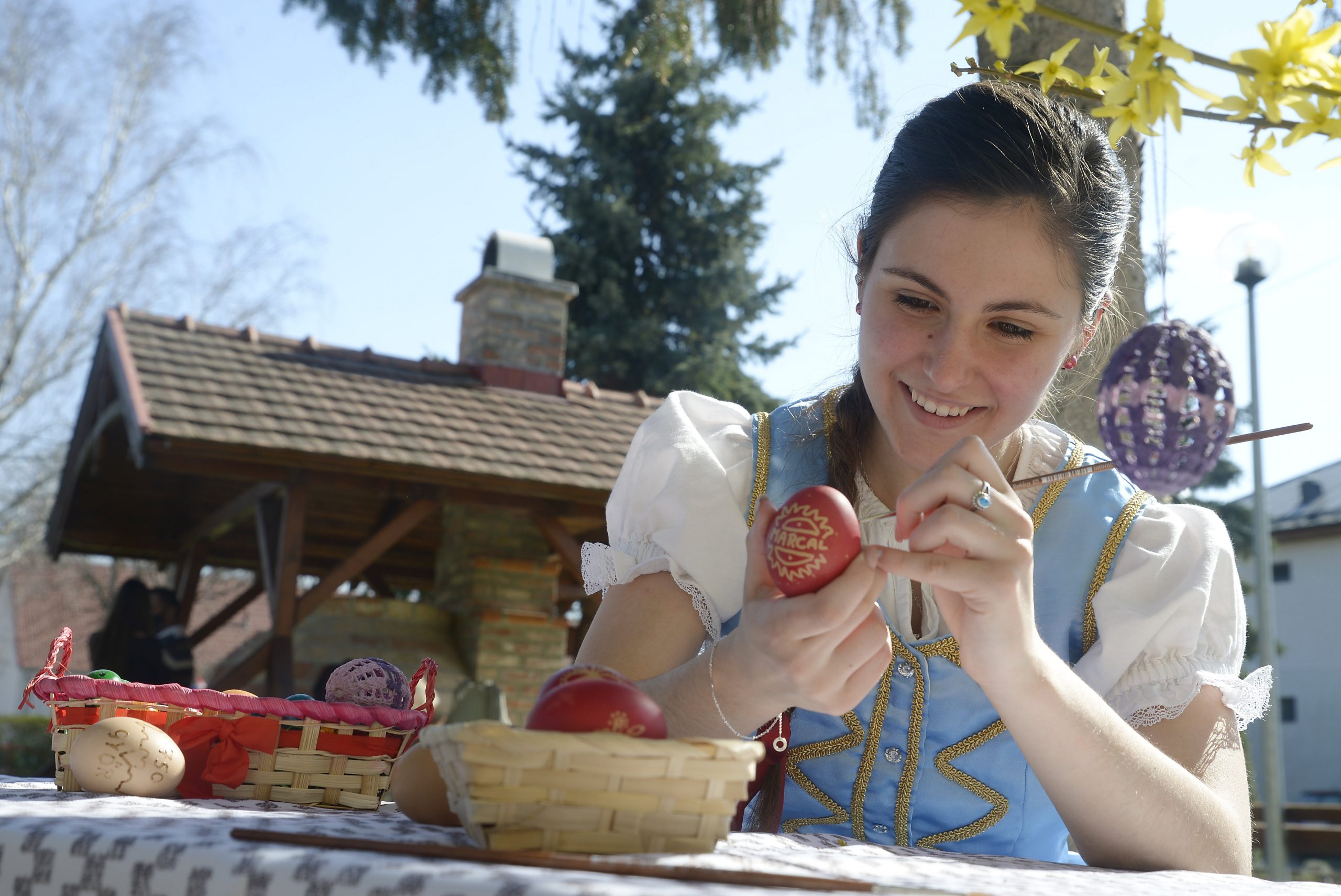
The egg is the oldest archaic symbol of life, rebirth, and fertility. It is no coincidence that it has become a symbol of life and creation in many cultures. According to Christian traditions, the new life arising from the egg is the symbol of Jesus Christ's resurrection in order to salvage humanity from its sins. In some other view, the eggshell symbolizes the Old Testament, while the inner part symbolizes the New Testament. According to some interpretations, Easter eggs are colored red to mirror the claret of Christ.
The painting and gifting of eggs dates back to aboriginal times and is much older than Christianity. Originally, painting was a heathen tradition and simply after did it become an integral part of the Easter celebration. Before Christians historic the resurrection of Jesus, some argue ancient pagans in Europe observed the Spring Equinox every bit the return of the lord's day God ― a rebirth of light and an emergence from the lean winter.
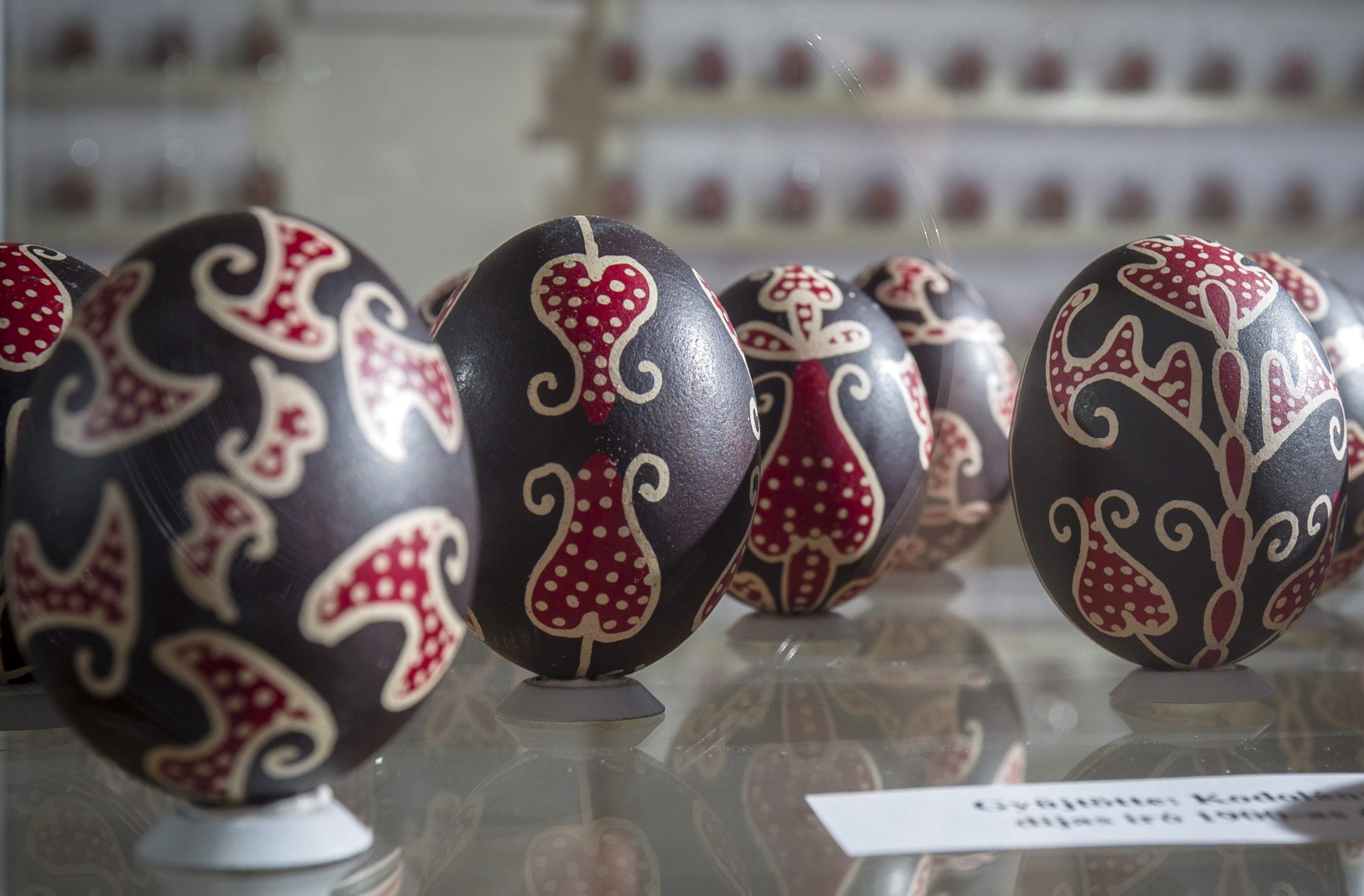
Eggs decorated with Drava-side motifs at the exhibition of the Young Master of Folk Fine art by honour-winning egg painter, Ildikó Fekete at the Danube Palace in the capital on March 9, 2017. Photo: Zsolt Szigetváry/MTI
However, with the spread of Christianity, eggs received another significant. They originally symbolized the resurrection of Christ, however, the traditionally red-colored Easter eggs as well signified the blood of Jesus. Since then the tradition has become widespread as different regions adopted diverse painting techniques.

Mrs. István Kovács, a member of the Kalocsa Tradition Preservation Clan with Easter eggs at the VIII. Danube-Tisza Inter-Agricultural Expo in Kiskõrös on April eight, 2017. Photo: Sándor Ujvári/MTI
In Hungary, the gifting of painted and decorated eggs is primarily related to the tradition of "watering" during Easter. Men and boys traditionally water women and girls, and in exchange they receive the painted eggs. The forms of painting and the arrangement of the patterns varies from region to region in the land. The patterns most unremarkably used are geometric, the eggs are divided by longitudinal lines into two and so four squares. The almost triangular fields grade the framework for geometric or floral decoration. The decorations are typically: tulips, pine branches, roses, apples, etc.
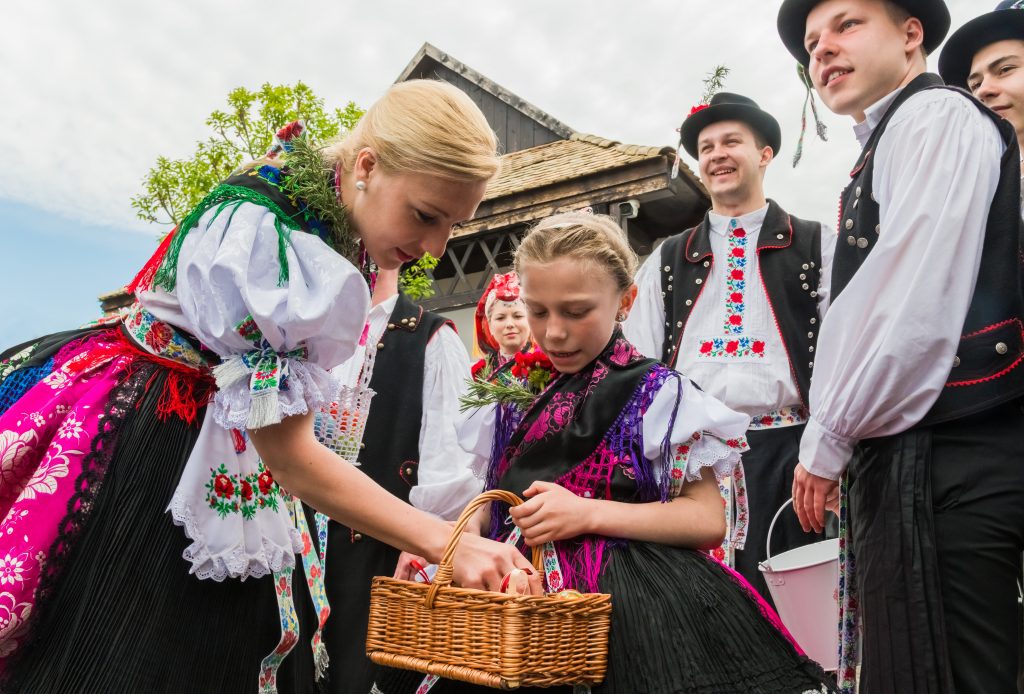
Young girls dressed in traditional Palóc folk costumes searching for Easter eggs in a handbasket to requite to boys as gifts at the Easter Festival in Hollókő on Apr 22, 2019. Photograph: Imre Faludi/MTI

Painted eggs in a basket at the Easter presentation of the Matyó Folk Art Clan in Mezõkövesd on April 1, 2018. Photo: Zsolt Czeglédi/MTI
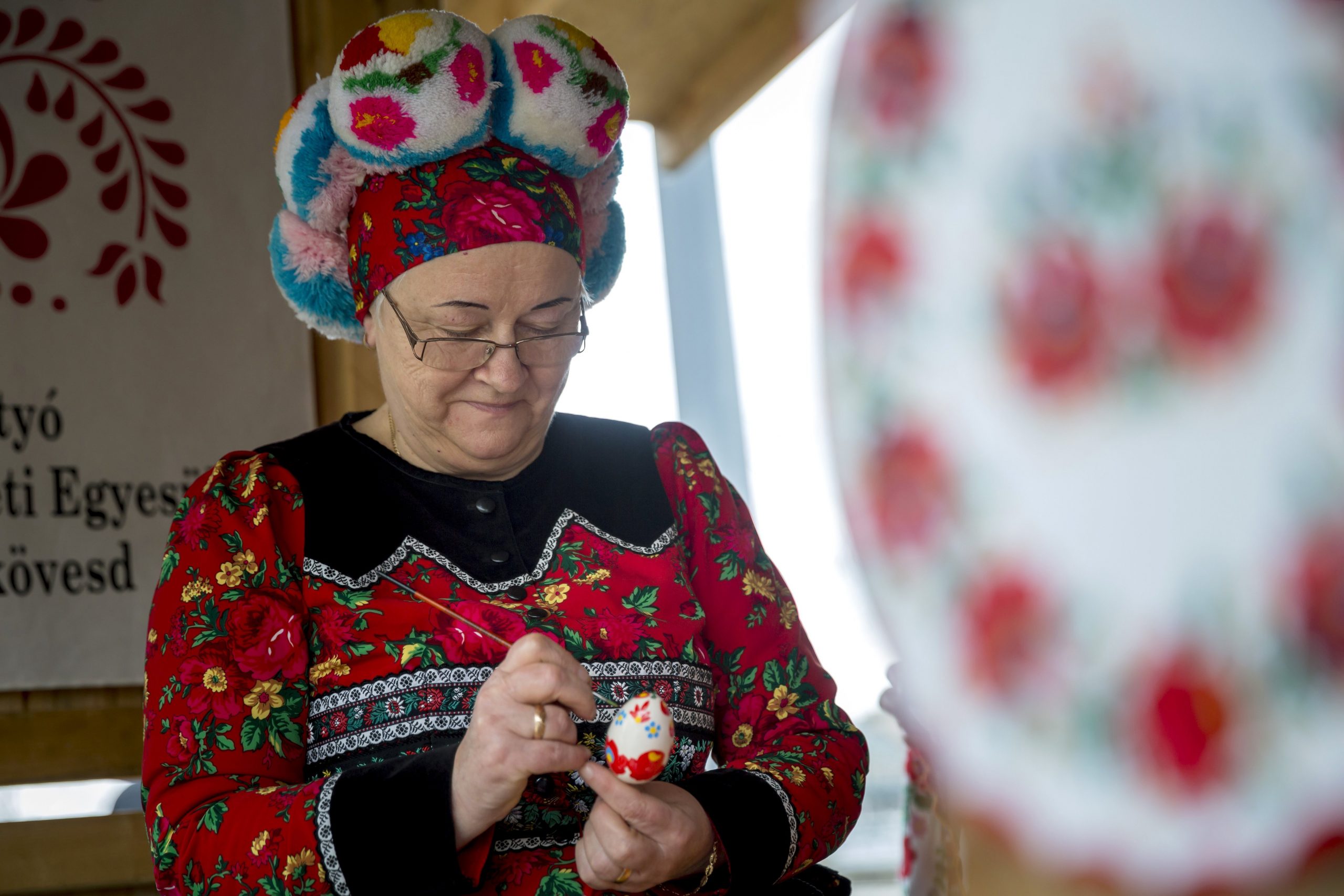
Dressed in Matyó folk costume, a woman is painting an Easter egg on the offset day of the Easter programme serial held at the Castle Garden, Budapest. The organizers on March 31 and April 2 await those interested with traditional Easter programs, painted eggs, and petting zoos. Photograph: Balázs Mohai/MTI
One of the most famous regions for embroidery in Hungary is Matyóföld, at the northern part of the Bang-up Plain. Matyó embroidery is the richest in motifs and colors in the land, especially when we recall of women's or men's clothing. Their costumes began to be abased from the 1950s, and it is but thanks to ethnographic collections that the memories of Matyó folk costumes, embroidery, and tradition take survived. In Hungary the painting of Easter eggs is often decorated with the so-chosen "Matyó sample" which typically includes motifs of roses and tulips.
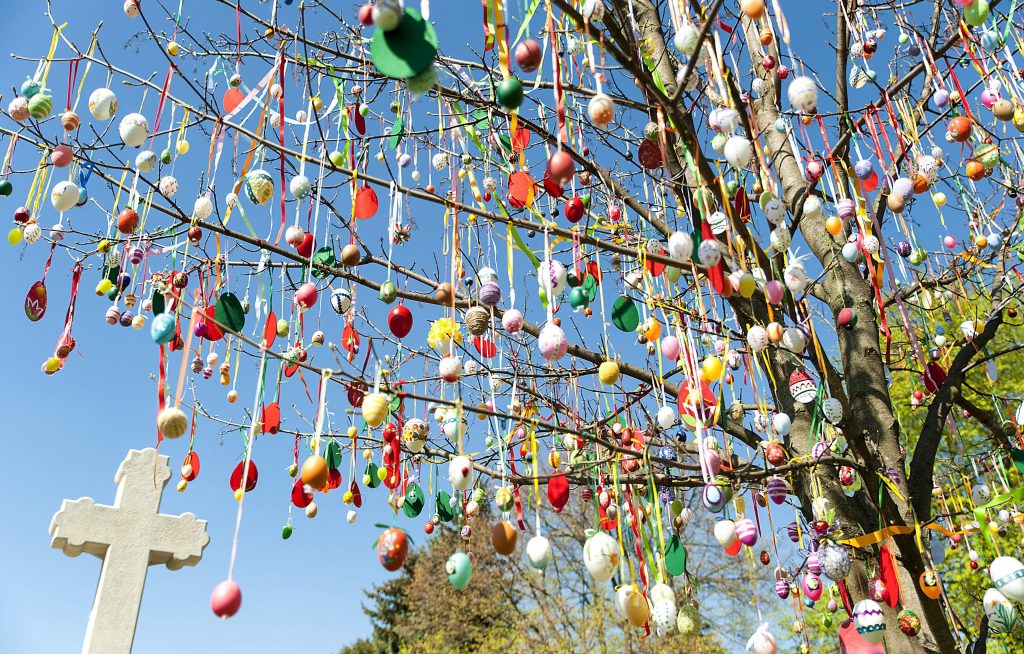
A tree busy with Easter eggs on the chief foursquare of Csallóközcsütörtök (Štvrtok na Ostrove) in Slovakia on April 10, 2017. The tree was busy with some one m 6 hundred eggs for the upcoming Easter celebration on the 800th ceremony of the village. Photo: Csaba Krizsán/MTI
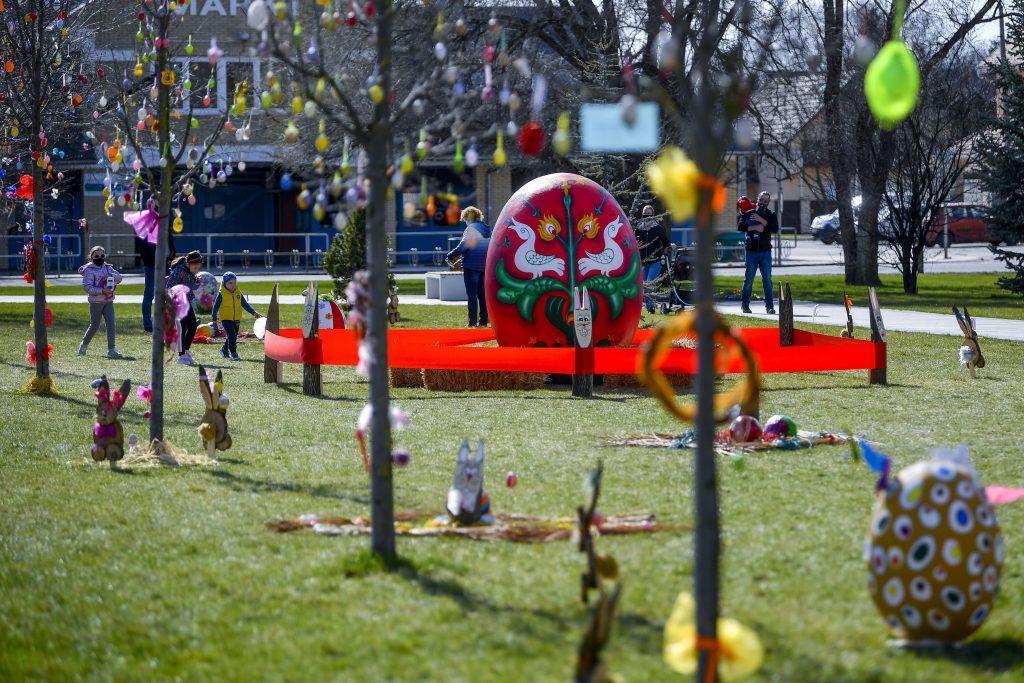
Giant Eggs and various Easter decorations in the Easter Park in Hajdúszoboszló on March 28, 2021. Photo: Zsolt Czeglédi/MTI
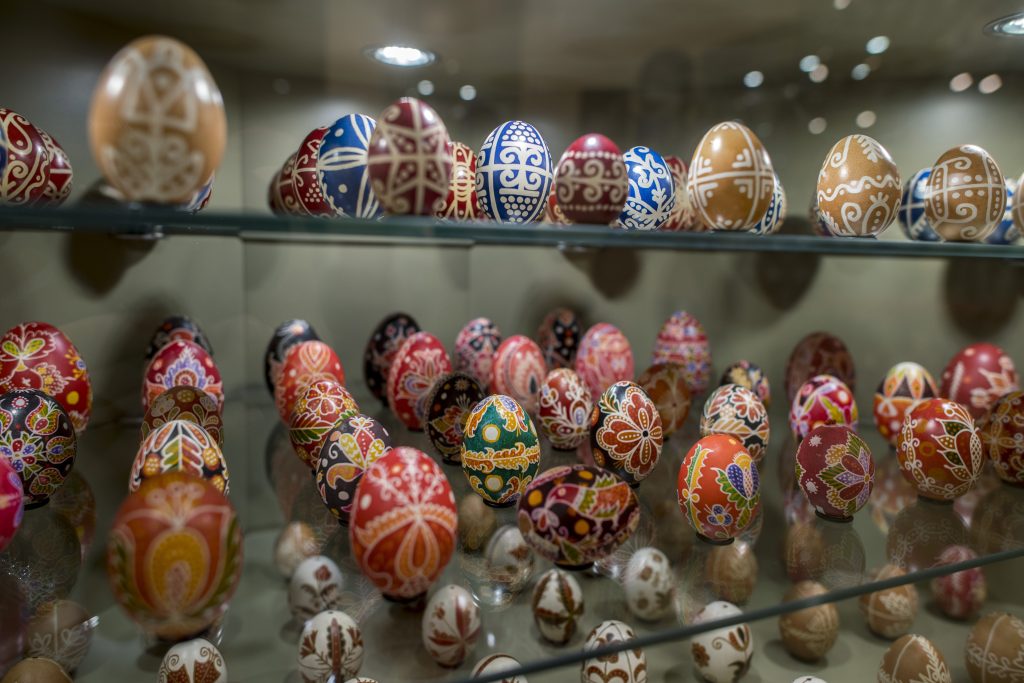
Easter eggs from Sárköz at the Arts on Eggs Museum in Zengővárkony on April 9, 2020. Photograph: Tamás Sóki/MTI
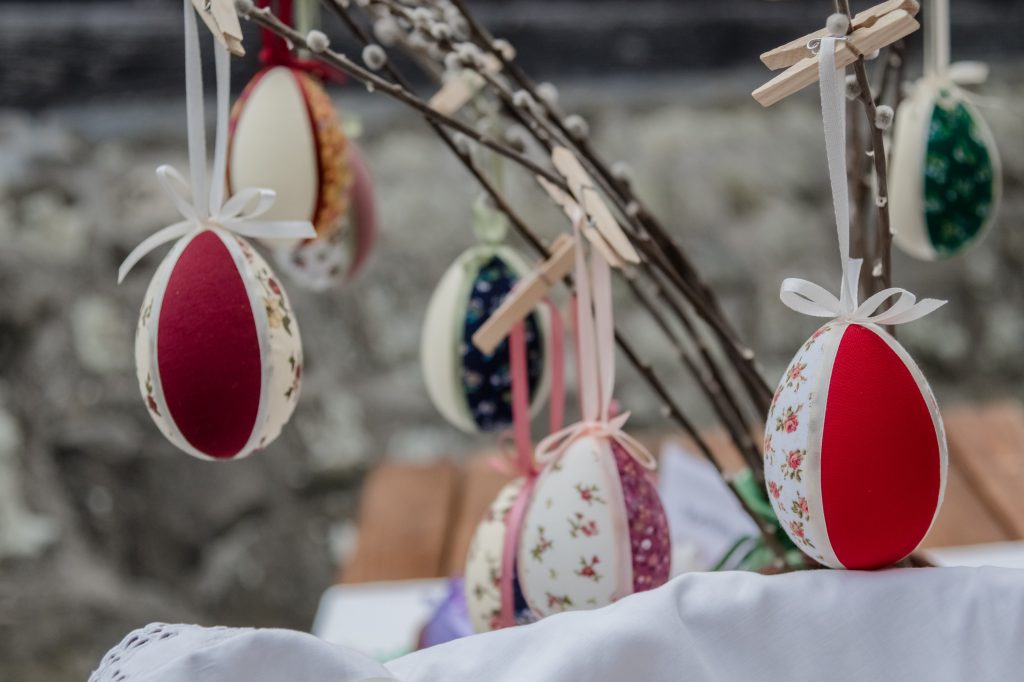
Easter eggs, patterned with hand-painted motifs in Hollókő on April 22, 2019. Photograph: Imre Faludi/MTI

Easter eggs, patterned with hand-painted motifs in Hollókő on April 22, 2019. Photo: Imre Faludi/MTI

Human-sized Easter eggs at Pécs's Széchenyi Square, on March 25, 2015. The eggs were decorated by painters based virtually the Drava and are a gift from the Kapronca-Körös canton in Republic of croatia to the residents of Pécs and the tourists visiting here. Photo: Tamás Sóki/MTI
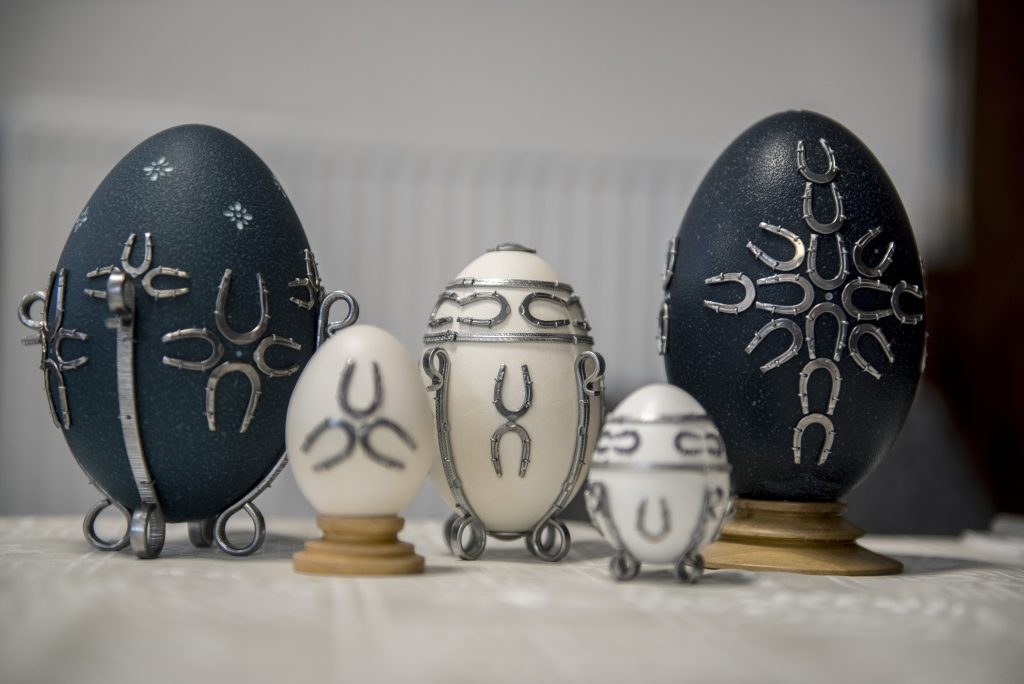
Easter eggs busy with miniature horseshoes at the Arts on Eggs Museum in Zengővárkony on April 16, 2019. Photo: Tamás Sóki/MTI
In the featured photograph: a fellow member of the Marcal Dance and Folk Fine art Clan paints Easter eggs in the courtyard of the Gyirmót Cultural Business firm on March 31, 2021. Seven hundred and fifty eggs are fabricated for the ceremony of the city of Győr. Photo: Csaba Krizsán/MTI
douglasnotheited75.blogspot.com
Source: https://hungarytoday.hu/hungary-easter-painting-photos-tradition/
0 Response to "The Art of Painting Easter Eggs Came From What Country"
Post a Comment